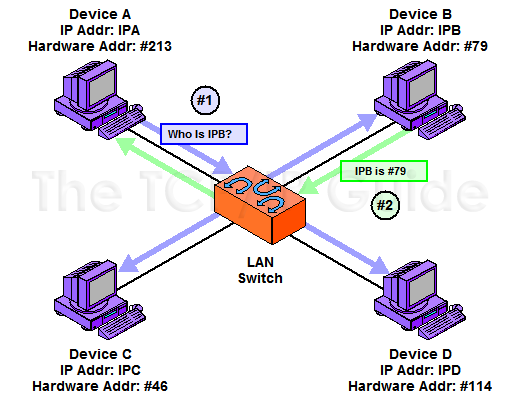 |
|
Please Whitelist This Site?
I know everyone hates ads. But please understand that I am providing premium content for free that takes hundreds of hours of time to research and write. I don't want to go to a pay-only model like some sites, but when more and more people block ads, I end up working for free. And I have a family to support, just like you. :)
If you like The TCP/IP Guide, please consider the download version. It's priced very economically and you can read all of it in a convenient format without ads.
If you want to use this site for free, I'd be grateful if you could add the site to the whitelist for Adblock. To do so, just open the Adblock menu and select "Disable on tcpipguide.com". Or go to the Tools menu and select "Adblock Plus Preferences...". Then click "Add Filter..." at the bottom, and add this string: "@@||tcpipguide.com^$document". Then just click OK.
Thanks for your understanding!
Sincerely, Charles Kozierok
Author and Publisher, The TCP/IP Guide
|
|
|

Custom Search
|
|
Dynamic Address Resolution
Direct mapping provides a simple and highly efficient means of resolving network layer addresses into data link layer addresses. Unfortunately, it is a technique that we either cannot or should not use in a majority of cases. We cannot use it when the size of the data link layer address is larger than that of the network layer address. We shouldn't use it when we need flexibility, because direct mapping requires us to make layer three and layer two addresses correspond.
The alternative to direct mapping is a technique called dynamic address resolution. To understand how this works, we can consider a simple analogy. I'm sure you've seen limousine drivers waiting to pick up a person at the airport they do not know personally. (Well, you've seen it in a movie, haven't you?) This is similar to our problem: they know the name of the person they must transport, but not the person's face (a type of “local address” in a manner of speaking!) To find the person, they hold up a card bearing that person's name. Everyone other than that person ignores the card, but hopefully the individual being sought will recognize it and approach the driver.
We do the same thing with dynamic address resolution in a network. Let's say that device A wants to send to device B but knows only device B's network layer address (its “name”) and not its data link layer address (its “face”). It broadcasts a layer two frame containing the layer three address of device B—this is like holding up the card with someone's name on it. The devices other than B don't recognize this layer three address and ignore it. Device B, however, knows its own network layer address. It recognizes this in the broadcast frame and sends a direct response back to device A. This tells device A what device B's layer two address is, and the resolution is complete. Figure 47 illustrates the process.
|
|
Direct mapping is very simple, but as you can see, dynamic resolution isn't exactly rocket science. It's a very simple technique that is easily implemented. Furthermore, it removes the restrictions associated with direct mapping. There is no need for any specific relationship between the network layer address and the data link layer address; they can have a completely different structure and size.
There is one nagging issue though: the efficiency problem. Where direct mapping involves a quick calculation, dynamic resolution requires us to use a protocol to send a message over the network. Fortunately, there are techniques that we can employ to remove some of the sting of this cost through careful implementation.
|
| |||||||||||||||||||
Home - Table Of Contents - Contact Us
The TCP/IP Guide (http://www.TCPIPGuide.com)
Version 3.0 - Version Date: September 20, 2005
© Copyright 2001-2005 Charles M. Kozierok. All Rights Reserved.
Not responsible for any loss resulting from the use of this site.








 Key Concept: Dynamic address resolution is usually implemented using a special protocol. A device that knows only the network layer address of another device can use this protocol to request the other device’s hardware address.
Key Concept: Dynamic address resolution is usually implemented using a special protocol. A device that knows only the network layer address of another device can use this protocol to request the other device’s hardware address.